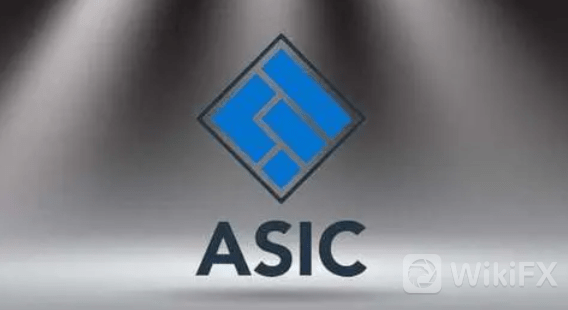Understanding Parent PLUS Loan Rates 2024: What You Need to Know for Your Child's Education Financing
Guide or Summary:Introduction to Parent PLUS Loan Rates 2024Current Trends in Parent PLUS Loan RatesUnderstanding Interest Rates and FeesEligibility and App……
Guide or Summary:
- Introduction to Parent PLUS Loan Rates 2024
- Current Trends in Parent PLUS Loan Rates
- Understanding Interest Rates and Fees
- Eligibility and Application Process
- Repayment Options and Strategies
- Alternatives to Parent PLUS Loans
- Conclusion: Making Informed Decisions for 2024
Introduction to Parent PLUS Loan Rates 2024
As parents prepare to support their children’s higher education, understanding the financial options available is crucial. One such option is the Parent PLUS Loan, a federal loan program that allows parents to borrow money to help pay for their child's college expenses. In 2024, the rates for these loans are expected to play a significant role in the decision-making process for many families. This article will delve into the details of Parent PLUS Loan rates for 2024, helping you make an informed choice.
Current Trends in Parent PLUS Loan Rates
In 2023, the interest rates for Parent PLUS Loans were set at a fixed rate of 7.54%. As we look ahead to 2024, it is essential to keep an eye on potential changes in these rates. The U.S. Department of Education typically announces new interest rates in the spring, calculated based on the 10-year Treasury note. Therefore, families should be prepared for potential fluctuations that may impact their borrowing costs.

Understanding Interest Rates and Fees
The interest rate for Parent PLUS Loans is fixed, which means it will remain the same for the life of the loan. However, borrowers should also be aware of the origination fee, which is a percentage of the loan amount deducted before disbursement. As of 2023, this fee was around 4.228%. It’s vital to factor in both the interest rate and the origination fee when calculating the total cost of borrowing.
Eligibility and Application Process
To qualify for a Parent PLUS Loan, parents must meet specific eligibility criteria. This includes being the biological or adoptive parent of a dependent undergraduate student who is enrolled at least half-time in an eligible program. Additionally, a credit check is required, although parents with adverse credit history may still qualify under certain conditions.
The application process involves completing the Free Application for Federal Student Aid (FAFSA) and then applying for the Parent PLUS Loan through the Direct Loan website. It’s advisable to apply early to secure funding for the upcoming academic year.

Repayment Options and Strategies
Once you have secured a Parent PLUS Loan, understanding the repayment options available is crucial. The standard repayment term is 10 years, but parents can choose from several repayment plans, including graduated repayment and extended repayment. Additionally, borrowers can explore options for deferment or forbearance if they encounter financial difficulties.
It’s essential to have a repayment strategy in place before borrowing. This may involve budgeting for monthly payments or considering consolidation options if you have multiple federal loans.
Alternatives to Parent PLUS Loans
While Parent PLUS Loans can be a viable option, it’s worth exploring other student loan alternatives. Federal student loans, such as Direct Subsidized and Unsubsidized Loans, typically have lower interest rates and more favorable repayment terms. Additionally, private loans may offer competitive rates, though they often come with variable interest rates and less flexible repayment options.

Conclusion: Making Informed Decisions for 2024
As you navigate the financial landscape for your child's education in 2024, understanding Parent PLUS Loan rates and their implications is vital. By staying informed about current trends, eligibility requirements, and repayment strategies, you can make the best financial decisions for your family's future. Always consider all available options and consult with financial aid advisors to ensure you choose the path that aligns with your financial goals.